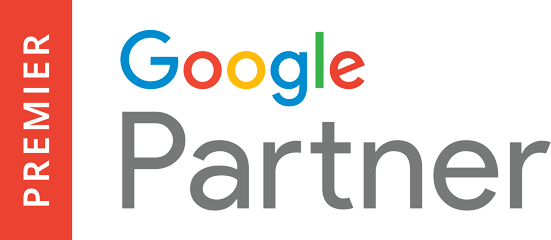Innovation is the number one ask of today’s clients. Without doubt, this term is mentioned on every single brief, tender, and quarterly plan that crosses our desks. Everyone claims they want it, but actual innovation, something truly groundbreaking, is supposed to be a rarity. It often comes with caveats that clients are not always prepared for.
Today we’re breaking down what innovation actually means for a business and why in most cases, it’s not innovation clients are looking for, but reliable results.
Definition of Innovation
There are a couple ways to define innovation. Oxford Learner’s Dictionary describes it as “the introduction of new things, ideas or ways of doing something.” Merriam Webster defines it as “a new idea, method, or device”, or simply, “the introduction of something new”.
Note that neither of these definitions limits innovation to a product. In fact there are plenty of ways to be innovative in the workplace outside of a new media option. Innovation can include a different way of organising information, restructuring teams for efficiency, or unique approaches to creative assets. The term itself is so broad that it can include anything different, which is why it’s such an undefined ask.
Dispelling the Myths of Innovation
1. Innovation will improve my results
Innovation means doing something untested. That inherently comes with an element of risk. While a new platform, placement, or creative format can drive an increase in performance, the opposite is equally true. In all likelihood, innovation needs to be paired with a good testing strategy to help optimise initial results. Even then, the new idea might just fall flat.
Remember that best practices exist for a reason. This guidance is passed down from others who have already navigated such tools and found solutions that work. If the end goal is solid results, then innovation might not be for you. While great at winning awards, innovation is volatile when it comes to performance.
2. Innovation will save time and money
Don’t get me wrong, innovative thinking can absolutely save you time and money, but it’s not guaranteed. What’s required is a brief specifically requesting ideas that drive efficiency. Even then, not all new ideas will work.
In reality, the implementation of innovative ideas can be a hugely costly exercise. This relates to both time and resources. Adopting a new CRM system? Be prepared for a months-long exercise to bring everyone up to speed. Planning a new VR experience for your website? The cost to have dedicated designers build from scratch can strain even the bulkiest of budgets.
From my own experience, innovation is often the first thing cut from content plans due to resource constraints. In short, don’t ask for innovation if you aren’t willing to invest in it.
3. Innovation will make my job easier
Innovation is by nature a highly disruptive exercise. It involves the changing of processes, workflows, and methods. It requires employees to work outside their comfort zones and put in effort to enact change.
Resistance to change is common and it’s no different when it comes to innovation. You’ll need to get everyone’s buy-in, from your own team up to the execs. It will require holding more meetings to ensure everyone is up to date. In the case of creative, you will need additional resources to build new assets from scratch. Even for basic admin tasks, documents will need to be created or repurposed to fit new processes. All of this is more work; not less.
A Return to Basics
A return to fundamentals is often the most innovative thing an organisation can do. When people ask me for innovative ideas, the first thing I recommend is to clean up your shop. Organise your data tracking systems, tighten up creative guidelines, and get everyone aligned on common goals. Then focus on testing; your messaging, imagery, targeting methods, and placements. How about demonstrating care on an individualised level? These aren’t revolutionary concepts, but doing so is sure to improve your processes and results.
Remember What Your Audience Wants
What I’d like to leave you with is a chance to reflect on what your audience wants and expects from you. After all, with all the noise that executive stakeholders make, the people who you really need to please are your audience.
In the case of higher education, what incoming students are looking for is stability. They are looking for a decent education, a reliable brand, guaranteed career outcomes, and a place to call home. None of these explicitly fall under the banner of innovation. Simply put, our audiences simply aren’t seeking innovation as fast as we are requesting it for ourselves.
So the next time you ask for innovative ideas, also ask yourself: “Who they are for?” Is it what your audience wants or your boss? Are you ready to adopt change, or is it simply a box you are ticking?
Innovation without commitment isn’t enough to make an impact.








